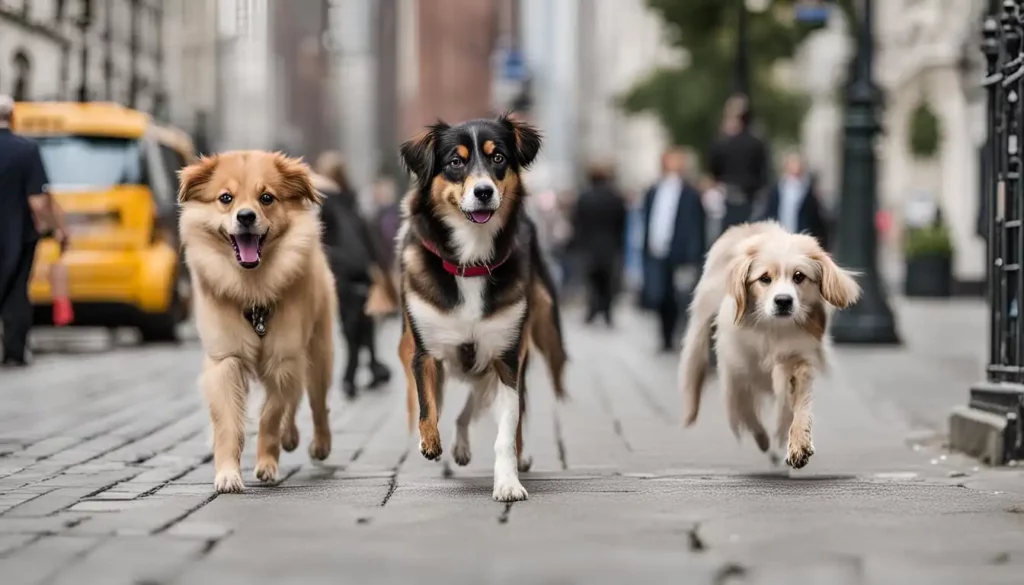City Dogs & Big Sounds: Helping Your Pup Handle Urban Noise
Life in the city comes with a soundtrack—sirens, car horns, construction crews, skateboards, crowds, and all the unpredictability in between. While some dogs adjust easily, others struggle with the overwhelming soundscape of urban life. If your pup startles at every bang or barks endlessly at sirens, you’re not alone.
Why City Noise is Hard on Dogs
Dogs experience the world largely through sound and scent, and sudden or unfamiliar noises can feel like a real threat. For city dogs, this can lead to:
- Anxiety or reactivity on walks
- Disrupted sleep or restlessness at home
- Increased barking or vocalizing
- Avoidance behaviors (refusing to walk, pulling toward home)
Luckily, there are effective, kind strategies to help your dog feel safer and more secure in their noisy world.
- Desensitization Training
This gradual exposure method helps dogs learn that city noises aren’t dangerous. Start with low-volume recordings of urban sounds (like sirens or traffic) while your dog is relaxed. Pair the sound with treats or play. Over time, slowly increase volume and vary the context to help build resilience.
Pro Tip: Work at your dog’s pace. If they show signs of stress, dial it back.
- Create a Safe Sound Space
Designate a quiet, comfy retreat in your home where your dog can go during noisy times. Use white noise machines, calming music (like classical or dog-specific playlists), or even TV background noise to mask unpredictable sounds.
- Use Enrichment to Build Confidence
Puzzle toys, sniff walks, scent games, and basic training exercises all help redirect nervous energy and build emotional resilience. A mentally tired dog is often a less reactive one.
- Walk Smart
Choose calmer routes and quieter times of day when possible. If your dog is sound-sensitive, a chaotic rush-hour sidewalk may be too much. Building confidence in low-stimulus environments can gradually prepare your dog for busier areas.
- Comfort Without Coddling
It’s okay to offer your dog support when they’re nervous—but stay calm and confident yourself. Your tone and body language teach your dog what’s safe. Soft praise and grounding activities (like a sit-stay with rewards) can help reframe scary moments.
- Consider Professional Support
If your dog’s noise anxiety is severe, consider working with a trainer or behavior specialist. At City Dogs Training & Behaviour Co., we offer private sessions and group classes tailored to real-life urban issues—like noise, leash reactivity, and overstimulation.
- Look Into Tools That Help
Calming vests, pheromone diffusers, or vet-approved anxiety supplements can provide short-term relief while you work on long-term training.
Your Dog Can Thrive in the City
With the right support, most dogs can learn to tolerate—and even ignore—the everyday chaos of urban sound. The goal isn’t silence, but confidence. By taking small steps and providing your dog with structure, safety, and ongoing support, you’re setting them up to thrive in the city they call home.
Need help navigating your dog’s city stress? Our team at City Dogs Training & Behaviour Co. is here to help—with solutions built for real life.

